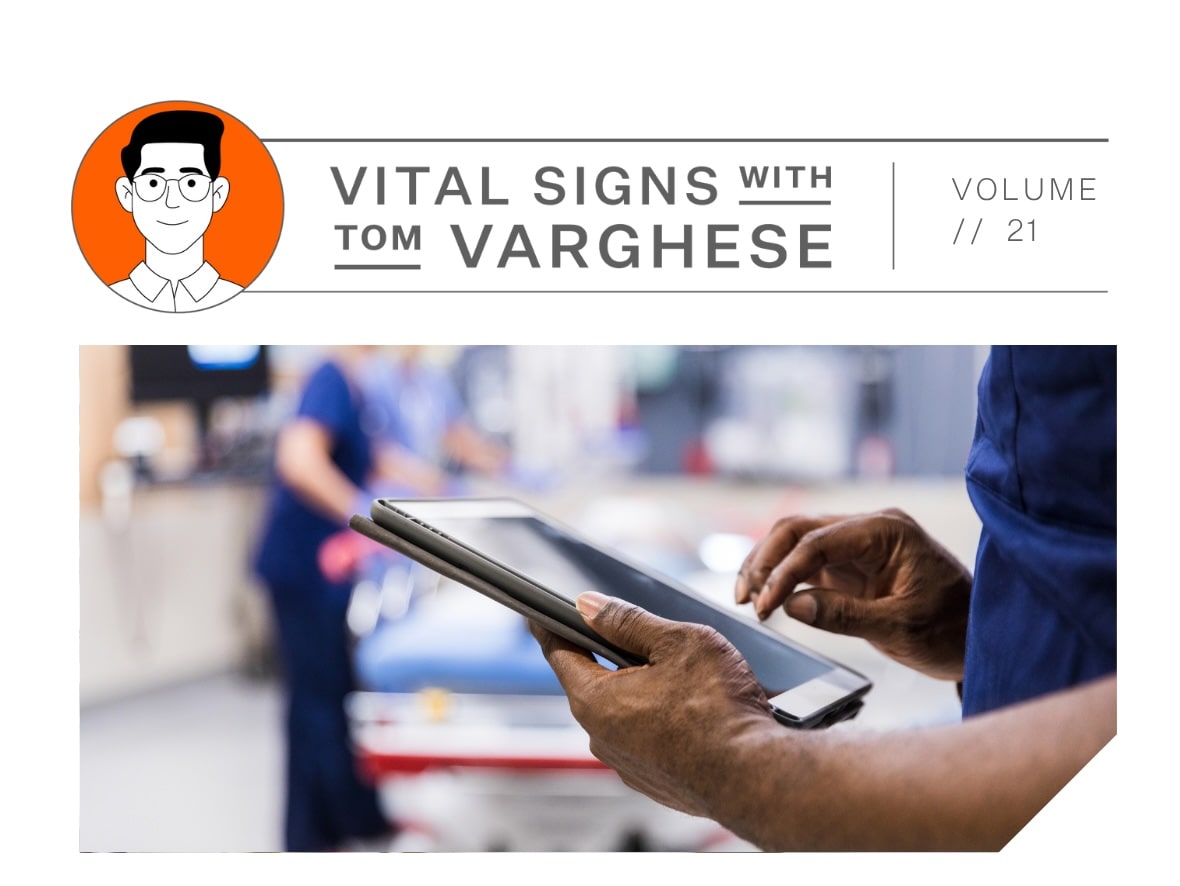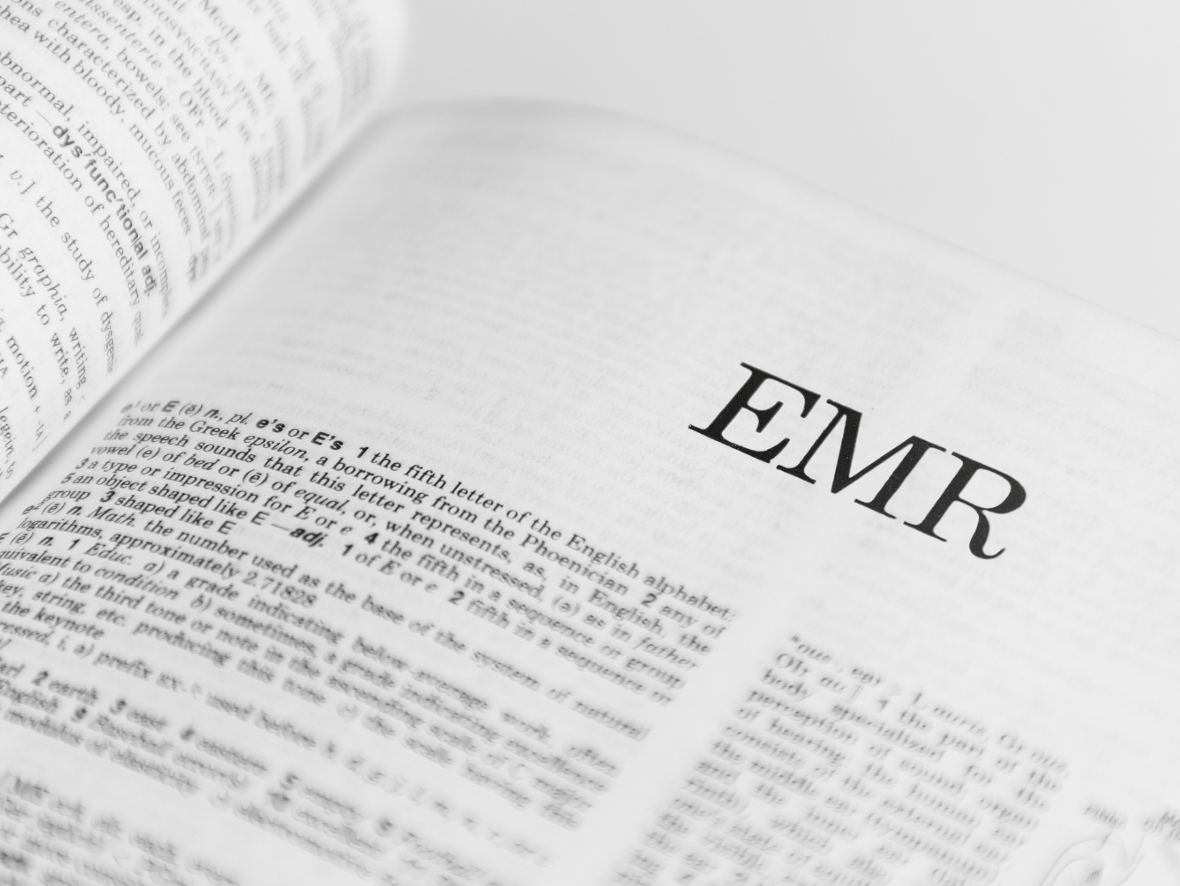As ambient AI scribes become one of generative AI’s most visible clinical applications, health systems face a defining question: proceed with caution or risk inaction?
On one side are the promises of reduced administrative burden and improved patient care. On the other hand, there are the lingering concerns around safety, performance, and integration.
Is this prudence or paralysis?
Why Ambient AI Scribes Are Gaining Ground
Clinical documentation is a known contributor to clinician burnout, reducing satisfaction and quality of care. Ambient AI scribes tools that listen to the consultation and generate draft clinical notes promise to lift some of that burden.
Source: NEJM Catalyst
The graph above illustrates a dramatic rise in usage between October 2023 and December 2024, with over 7,000 providers and nearly 3 million documented visits.
This surge is more than hype. Real-world implementations show strong evidence of value.
Case Study: What Happened When TPMG Deployed Ambient Scribes
The Permanente Medical Group (TPMG) rolled out ambient AI scribes to over 7,000 clinicians. These tools supported 2.5 million patient visits in just one year and saved a collective 15,700 documentation hours, the equivalent of nearly 1,800 working days.
Key findings included:
- High adoption in documentation-heavy specialties like mental health, emergency medicine, and primary care.
- Improved experience for both patients and clinicians:
- 84% of clinicians said visits were better with scribes.
- 63% used them during every in-person consultation.
- 56% of patients felt the scribe improved their visit.
- Critically, no patient reported harm.
Understanding the Workflow and Requirements of AI Scribes
Before widespread adoption, it’s important to understand what an AI scribe actually does and what it needs to work well.
Source: Elion Health
The diagram above outlines the full process, from pulling visit data from the EHR to provider review and sign-off. It also highlights seven critical requirement categories: note quality, EHR integration, technical considerations, and pricing models.
Why Some Health Systems Are Still Cautious
Despite the momentum, adoption isn’t without risks. NHS England’s 2024 guidance recommends caution, citing concerns including:
- Errors in clinical documentation.
- Missed safety-critical details.
- AI-generated content lacking clarity or verification.
- Lack of full EMR integration in most tools.
- Performance variability due to accents, noise, or clinical complexity.
In some cases, especially highly templated specialist visits, manual entry still outperforms AI scribes.
Source: In Network Media
This graph breaks down different AI modules by stakeholder value and risk level. Resistance increases as systems move from low-friction tools (like pre-charting) to higher-stakes functionality (like billing or longitudinal summarisation). The friction isn’t technical, it’s strategic and cultural.
A False Binary: It’s Not “Yes or No” to AI Scribes
The decision to adopt ambient scribes isn’t binary. Yes, risk-averse behaviour is justifiable in the face of current limitations, especially where safety and generalisability are concerned.
But inaction carries risk too:
- Rising clinician burnout
- Lost productivity
- Higher turnover and costs
For systems willing to invest in training, workflow redesign, and transparency, the potential payoff is significant, not just in saved time but in better care.
What Comes Next: The Future of AI Scribing
The next wave of innovation will likely focus on:
- Deeper EMR integration
- Predictive, real-time prompting
- AI-driven clinical decision support
When designed well, ambient scribes can evolve beyond note-taking into tools that guide better clinical decision-making.
Final Word: It’s Not If, It’s How
Health systems must move beyond the question of whether to adopt ambient AI scribes. The real choice is whether to do so reactively or with deliberate, future-focused planning.
The longer we wait, the more we risk losing the very workforce we aim to support.



